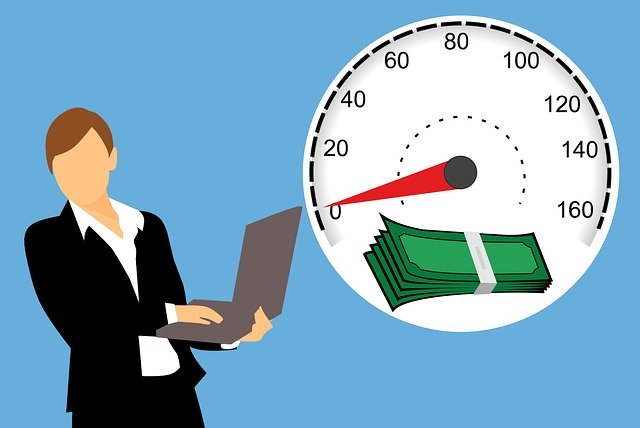
Image by mohamed Hassan from Pixabay
The use advertising value equivalencies (AVEs), the much-derided PR metric, still lingers in some quarters. AVEs value media relations placements by comparing them to the cost of equivalent advertising space. PR measurement experts dismiss the metric as inaccurate and misleading, arguing that earned media mentions are simply not equivalent to advertising.
The International Association for Measurement and Evaluation of Communication (AMEC) has launched a campaign to stamp out AVEs. “AVEs will only disappear completely when all parts of the industry work together and speak with a consistent voice,” states AMEC Chairman Richard Bagnall, a communications consultant. “Educators, academics, in-house practitioners, PR agencies, communications trade associations and the monitoring and analytics vendors all need to work together with unified messaging to make sure that this latent demand dwindles and dies.”
Reasons Why AVEs are Defective
Bagnall lists 22 reasons why AVEs are defective. PR agencies, measurement vendors and others can cite the reasons to persuade client to avoid the metric. Some of the reasons include: the PR industry denounces AVEs as flawed. The Barcelona Principles, communications industry measurement standards, flatly state that AVEs do not measure earned media communications. AVEs don’t work in digital and social media and don’t take into account the quality of the coverage, the target audience or other important factors.
In addition, the metric is in decline. As media choices proliferate, audiences fragment and readerships across the board decline, prompting advertising rates to also decline. Identical PR campaign results will report falling AVEs from one year to the next as advertising rates drop.
“Who would possibly want to report on their success using a methodology that penalized them the longer they used it?” Bagnall says.
“A significant number” of PR people still use AVEs, writes PR veteran Kim Harrison for Cutting Edge PR. “But there is no way the exposure generated by publicity can be directly compared with advertising; they are two different concepts,” Harrison says. “Advertisements are standardized, controlled messages usually shown repeatedly for maximum impact, while no news item is the same (except, perhaps for the news ‘updates’ that may be repeated on radio or TV programs).”
By applying multipliers to AVEs, some PR people claim outlandishly high values for earned media mentions. Some claimed that Donald Trump had received “around $5 billion in free media coverage” during the 2016 US Presidential election. PR consultants for the Washington Redskins once maintained that 7,845,460,401 people, more than the entire world population, read about the team’s summer training camp.
Superior PR Metrics
Many superior PR metrics are available, such as share of voice, changes in brand sentiment, and net quality scores. Some measurement vendors can also create customized metrics for clients.
When selecting a media monitoring and measurement vendor, it’s essential for PR agencies and corporate communications departments to choose a vendor that has signed the Barcelona Principles and agreed to avoid AVEs. It’s also recommended to seek a service that can integrate earned media, owned media and social media metrics into a single measurement dashboard.
Bottom Line: PR measurement experts urge communications professionals to abandon AVEs as a PR metric. Some clients may demand AVEs. They’re easy to report and easy for clients to understand. PR consultants can also twist them to claim outlandishly strong results. But competent PR pros understand that AVEs cannot validly measure PR and communications.
Schedule a Free Online Demo of the Glean.info Media Monitoring & Measurement Dashboard.

Michael Kling is manager of public relations, marketing and social media at Glean.info, a media monitoring and measurement service that provides customized media monitoring and PR analytics solutions.




